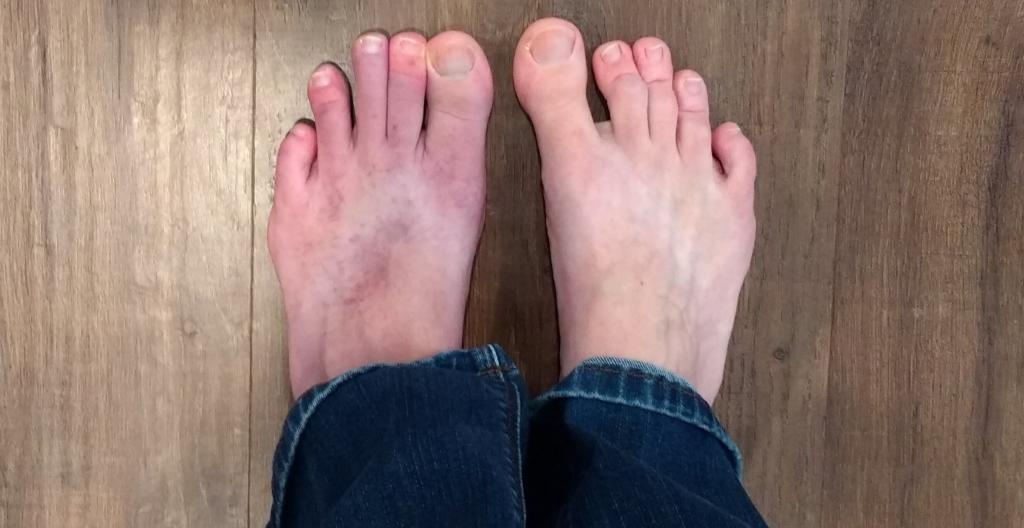What is May-Thurner Syndrome?
May-Thurner Syndrome (MTS) is a mechanical problem that can increase your chances of blood clots. It is not an inherited or genetic condition. It occurs when the right iliac artery compresses the left iliac vein. This causes an increased chance of a deep vein thrombosis (DVT or leg clot) in the left leg.
https://www.stoptheclot.org/learn_more/may-thurner-syndrome-resources/
My May-Thurner Story
After winding up in the ER in early 2019, I wrote about my year-long battle to discover the root cause of multiple mysterious symptoms. Below is a snippet outlining two symptoms that had plagued me for some time.
But I still don’t know why my toes and the top of my left foot turn purple when I am standing or cold. My cardiologist said that my heart is not the cause. Multiple tests ordered by my vascular doctor have yet to diagnose my symptoms.
And there is an odd pain that I often feel on the left side of my abdomen. Both the endoscopy and colonoscopy that I had last fall revealed no known cause. A recent trip to the ER for severe pain in that region and in my back ruled out kidney stones. Though my appendix showed inflammation, the doctors could not diagnose my symptoms.

When I was first diagnosed with May-Thurner Syndrome in 2019, I believed that it was the cause of both of these symptoms. Only later did my vascular surgeon inform me that the abdominal pain was not related.
Initially, my surgeon planned to treat the compression with a stent. However, she feared that a stent might only make my mysterious abdominal pain worse. We postponed any surgery until I could determine the cause of the pain.
It’s been several years since my diagnosis, and I have yet to require surgery. I count myself lucky because my May-Thurner symptoms are much milder than most. I do still get pain and heaviness in my left thigh from time to time, and my toes on my left foot seize up when they are cold. Yet I don’t have any swelling.
As for the left-side abdominal pain, I eventually learned some of the triggers that made it worse. For example, carrying a baby on my left hip was a surefire way to cause severe pain. I’m now careful to avoid resting anything on my left hip for long, and I generally try not to carry heavy loads.
As I’ve strengthened my lower back with rowing, the incidences of abdominal pain have decreased. If I start to feel this particular pain, I will try to rest and often lay on an acupressure mat to relieve tension. This generally helps.
My surgeon moved to another practice a few years ago. Since then, I have just followed up with my general doctor and will only pursue further treatment if symptoms warrant doing so.
Resources for May-Thurner Syndrome
Here are a few resources for information about and support for those diagnosed with May-Thurner Syndrome.
- http://www.may-thurnersyndrome.org/
- You can sign up for their Facebook group there.
- https://www.stoptheclot.org/learn_more/may-thurner-syndrome-resources/
- The patient testimonies listed on this page have helped me understand the seriousness of my condition.
- Pelvic Congestion Syndrome Support Facebook group
- This is a great place to ask questions and learn from people who have May-Thurner Syndrome or other similar issues. I found it helpful in the early days when I considered stent surgery.
